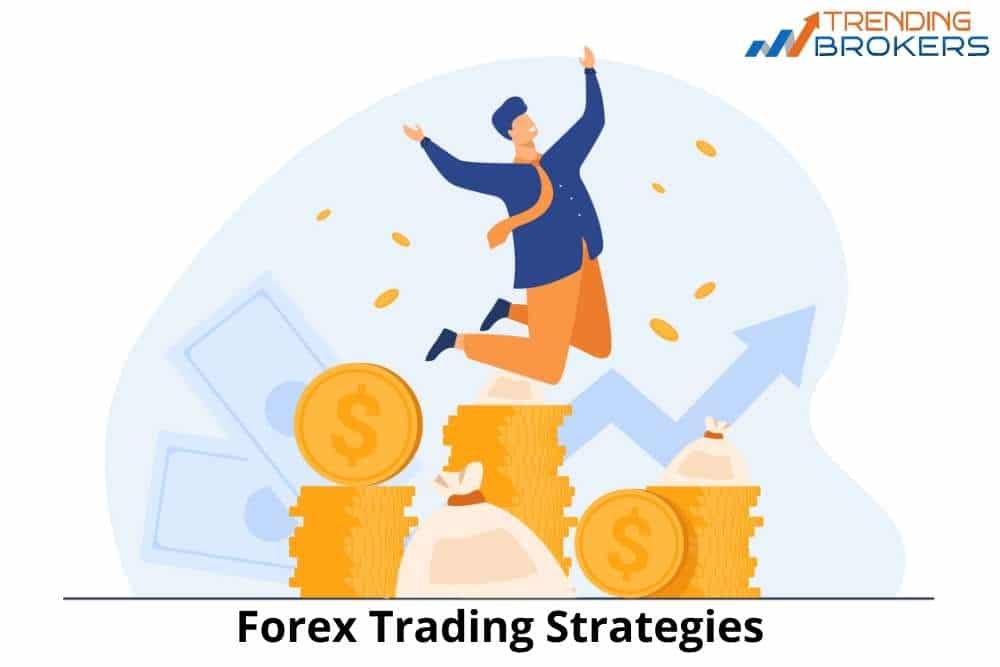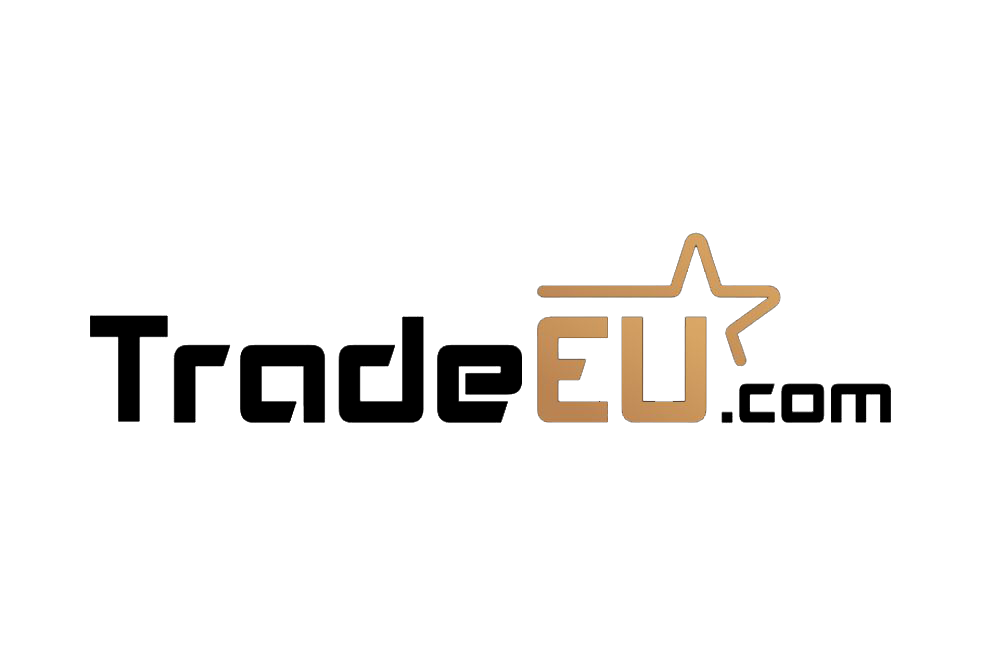Forex trading, as we know, is the trading of foreign currencies. It is the most traded market globally. The currencies are bought and sold by traders using various financial instruments. These could be options, futures contracts or CFDs etc. Foreign currencies are significant for any trade as they allow the purchase and sale of goods and services across borders and nationally. Therefore, the exchange of foreign currencies is necessary for foreign trade.
Some major currencies are mostly used as the base currencies; USD, EUR, GBP, JPY and AUD. However, trading of the currencies requires plans and adequate analysis of the forex market. For that, traders use foreign exchange trading strategies. These guide them to make decisions and predict market fluctuations—an excellent way to analyse the market and earn high profits.
Forex Trading
Forex trading has been around the world for a decade in the form of barter systems or services for the exchange of money. However, forex trading is a new invention or, better to say, the new version of trading where the old system has been modified with the technology. The continuous and non-stoppable market of trade, where the traders keep engaging in the process of foreign exchange.
The trade was earlier financial institution oriented, but it has become more of a retail trade now. All investments are feasible with forex trading, where traders of large and small investments can trade in the exchange market. The most interesting fact of the trade is its operation which is totally online having no particular place. Traders can exchange currencies through computer networks and electronic systems that connect everyone online.
Moreover, the market is highly liquid, i.e. the currencies are always available for trade and could be converted into cash anytime. It is traded on over-the-counter(OTC), and the economic conditions of the market or the countries affect its trading.
Ways of trading forex
Forex trading could be carried out with three main methods. These include spot market, forward market and futures market. Here we have discussed the three with their functions:
Spot Market
Spot market trading in the forex market has boosted with the electronic changes and trading and the snowballing of the forex brokers. The spot market is quite big and due to the trade of the underlying assets of forward and futures markets. Spot market trading is used with investors of all kinds, from companies, institutions to banks and humans. The other two are suitable for companies who require hedge against the risks.
In the spot market, the currencies are purchased and sold in the market at the trading price. The price of the currencies or products is determined by the demand and supply factors. Other factors that aid in calculating the price are interest rates, economic impacts, political situations and the predictions of the currency in the near future. The final deal between traders is called the spot deal.
In spot deals, the two parties of trade exchange the currencies at an agreed exchange rate. Once the positions are closed, the trade is settled in cash. The spot date is the future date on which the trade is settled, and it is mostly two to three business days. So, it is primarily trade in the present rather than the future.
Forward and Futures Markets
A forward market is a contract where two parties of the trade agree to trade the currency on a future date. The price of the trade is predetermined as per the OTC markets. On the other hand, futures contracts are the exchange of currencies on a future date between two parties on a future date at a decided price.
The trade of future and forward contracts are not based on the real-time price of the currencies but a claim of the certain currency on a future date at a specific price. However, the two markets differ in their way of trade. Futures market trades in the currencies upon a standardised size and settle date of the trade is as per the public exchange markets. In contrast, forward markets bought and sold the currency on OTC between the parties of the trade. They regulate the agreement terms as per their needs.
The two contracts are binding and are settled in cash. However, if the trader purchases and sells the currency before the contract expiry date, there’s no cash exchange requirement. Thus, the contracts act as a hedge against the forex market risks.
Forex Trading Strategies
Forex trade has ample opportunities for the traders, where they can earn profits using certain strategies. But, as it is traded on global markets, the risks are also high. Forex trading is complex and competitive, therefore requires traders to use effective trading strategies. For regular success in the forex trade, investors must polish their trading skills from time to time and understand the market thoroughly.
Forex trade is implemented in a variety of ways, and thus, a suitable strategy will only benefit a trader. Traders should consider all the factors of past trade, experience level and goal etc., to be profitable. Therefore, a trading strategy should be chosen, keeping in mind the purpose and trade instrument.
We have discussed some of the significant trading strategies:
Trend Trading
The simplest and preferred trading strategy of the forex market is trend trading. In this, the trader follows the current price trend or direction of the instrument. A reliable trading strategy requires traders to have complete information about the instrument and the market. Investors should be aware of the duration, trend, and strengths of the instrument. The knowledge of the market factor-like these guides in analysing the present trend, currency market price and when the reversal of the trend will take place. Traders of the trend trading strategy must know about the factors need not be exact, however. The essential thing is when they can exit the current market position to limit the loss and lock in the profits.
The trend trading supports long term trading as there are many small fluctuations against the prevailing trend even when the market is growing. However, traders of trend should be ready to face small losses as they will have greater profits in the long run.
Trend trading uses tools to determine the trend, such as:
- Simple Moving Averages
- Exponential Moving Averages
- Moving Averages Convergence/Divergence (MACD)
- Average Directional Index (ADX)
The trend tools of moving averages is a great indicator using the previous prices for getting current market trends. In addition, these also furnish the traders with support and resistance levels that aid to decide on the entry and exit of the market positions.
Other indicators could be used for predictions like relative strength index and oscillators, etc.
Pros:
- Reliable
- Consistent strategy
- Momentum trading strategy
- Identifies entry and exit
- Slow-paced
- Lower transaction costs
Cons:
- False breakouts
- Low hit rate
- Requires continuous following
Position Trading
Position trading is another forex trading strategy that traders use in order to have high returns. The strategy is related to the position held by traders in the market. It could last for a few days, weeks or a year. The position is held for a long time period where traders need a micro view of the market. They even have to sustain small market fluctuations.
Tools used:
- Analytical data
- Fundamental analysis
- Trend trading
- Moving Averages
The position trading follows the approach of trend trading to know about the market changes. With this, they take the help of indicators of moving averages to know about the entry and exit positions—the tool aids in minimising the loss and securing the profits. Analytical and fundamental analysis are also important factors for trading on positions. These provide data and analyse the market for changes.
Pros:
- Less stress
- Mitigates noise
- Low maintenance
- Trend capitalisation
- Immune to market fluctuations
Cons:
- High capital requirements
- Account liquidity
- Low Compounding
Range Trading
Range trading is the most suitable strategy to use for forex trading. It lets the investors know about the price fluctuations through chart patterns and indicators. Basically, a support and resistance trading strategy. It identifies the highest and lowest prices of the instruments on the chart before the reversal takes place. Thus, creating range trading through floor and ceiling levels.
Support acts as the floor of the price levels, and resistance acts as the ceiling. The market is uncertain, and it keeps breaking the previous resistance levels. Thus, creating new support and resistance levels. However, the price moves in a sideways direction in range trading and remains enclosed between the support and resistance.
In range trading, when the price reaches the point of resistance, traders expect a reversal of the trend. It brings the trend of overbought and thus sales in the market. Whereas support is the oversold situation where the traders buy. However, when there is a breakout, a new trend starts with new support and resistance.
Tools used:
- Support and resistance levels
- Stochastic Oscillator
- Relative Strength Index
Pros:
- Small starting fund
- Charts and patterns
- Support and resistance levels
- Entry and exit
- Price fluctuations
- Clear stops and targets
Cons:
- Needs understanding of the market
- Reading of charts and patterns
- False breakouts
- High costs
- Rapid decisions
News Trading
The importance of news alerts in the forex market is the topmost priority. As the forex market gets affected by the economic, political and other factors of the countries. It becomes pretty essential to know the happenings of the world. The news is the only source of information and knowledge about such impacts. Therefore, news trading is necessary for forex trading.
Forex market is a multinational market that deals in all types of currency pairs. Therefore, understanding their potential impact on trade and economies will help traders in making better investments.
Factors to know in the news are:
- Economic reports of unemployment, inflations etc.
- Interest rates
- Business surveys
- Reports on financial markets
- Trends of the market
All the factors of the market carry equal importance, and traders should be alert regarding the changes.
Tools used:
- Economic Calendars
- Indexes
- News reports
- Consumer Confidence Index
- Newspapers
- Magazines
- Television
- Internet
Pros:
- News updates
- Correct decisions
- Market analysis
- Price fluctuations
Cons:
- Quick decisions
- Fake news
- Alertness
- Market understanding is compulsory
Swing Trading
Swing trading follows the trends to analyse the small price changes. The price momentum plays a vital role in swing trading. The highs and lows of the market may be against the trend. Therefore, traders of swing strategy need to be alert and check the market outlooks in 15 minutes, an hour, a week, or daily through charts and patterns.
The trading strategy requires investors to be good at market analysis, which helps in taking rapid actions. For example, day traders use swing trading as they open and close within a day to trade quickly. However, traders who hold positions overnight may also swing trade in the forex market.
Tools used:
- Technical analysis
- Fundamental analysis
- Momentum Indicators
- Moving averages
- Micro and macroeconomic indicators
Technical and fundamental analysis of the forex market is the essence of the trade with the indicators incorporated. The tools of the swing trade are vital for the predictions of price movements. Momentum indicators, moving averages and micro and macro indicators aid the traders to analyse the price change.
Pros:
- Requires less time
- Allows part-time trading
- Profitable trade
- Short term trade
Cons:
- Overnight risks
- Requires alertness of traders
- Challenging to trade with market timings
- Trading costs
Conclusion
Forex trading strategies are no less than the driving factors of the trade. Without the plans and strategies, forex trade would be a loss due to high risks and uncertainties. A forex market, therefore, uses the various strategies or, in fact, altogether to succeed in the market. Traders can use the strategy through brokers such as ROInvesting, TradeATF and ETFinance to use the indicators and analysis tools. In addition, the online brokers provide traders with all trading tools, platforms and software for a better trading experience.
Forex trading with strategies is significant and, therefore, should be used accurately. All factors of financial instruments, strategies and markets should be considered before jumping into the forex trade. In the article above, we have incorporated the major strategies with pros and cons and tools for readers understanding and proper usage in the trade.


